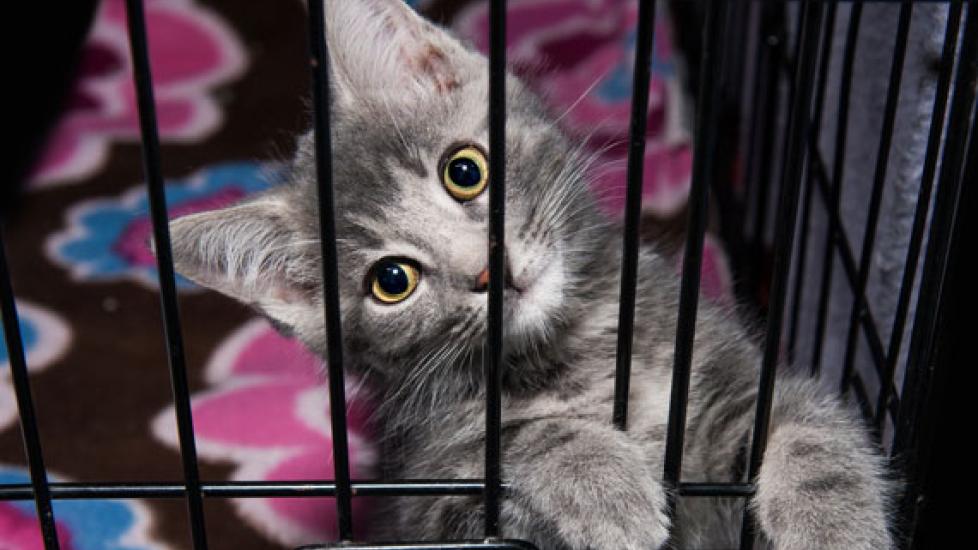Easy Ways to Reduce the Number of Homeless Pets
There are lots of jobs that are stressful, but I don’t think there are many that can compare to being a shelter/rescue volunteer or worker. No matter how many animals you help, there are always more that need your help. And when you are unable to help, the situation is even more heartbreaking. These people truly do deserve our appreciation and our thanks for what they do.
Besides thanking them, there may also be some things you can do to help make their job a little less demanding, starting by reducing the number of homeless pets.
How do we reduce the number of homeless pets? Start by not breeding your pet for frivolous reasons.
- You don’t need to breed your pet to show your child the "miracle of life."
- You shouldn’t be breeding your pet because you just have to have one of her puppies or kittens.
- Your pet doesn’t need to experience the "joy of motherhood."
In fact, most pets should be spayed or neutered.
Don’t buy a puppy or kitten from a pet store. Almost without exception these animals come from puppy mills (or the feline version of a puppy mill). Responsible breeders do not sell their puppies or kittens through pet stores. Buying a puppy or kitten from a pet store helps to keep a puppy (or kitten) mill in business.
Never buy or adopt a puppy or kitten (or any other pet) on impulse. Taking in a pet requires a commitment. You are obligated to care for that pet for the remainder of that pet’s life, both physically and financially. Be sure you are able to do that before your bring a new pet home. That means doing some homework beforehand to find out what type of care your new pet might need. Pets are not disposable commodities. If you are unwilling or unable to accept responsibility for that pet, don’t adopt the pet.
If you are looking for a new pet, consider adopting from a shelter or rescue rather than buying a puppy or kitten. Approximately 30 percent of animals that find their way into shelters and rescues are purebreds. So even if you have your heart set on a purebred pet, you may still be able to adopt.
If you do purchase a pet from a breeder, be sure the breeder is a responsible one. Ask questions.
- Know what genetic conditions are common in your chosen breed and ask how the breeding animals are screened for these diseases. A responsible breeder screens for these diseases and breedings are carefully planned to reduce the potential for passing genetic diseases to the puppies or kittens.
- What happens if you can’t keep the pet? A responsible breeder will take the pet back, regardless of age. They don’t want their puppies/kittens ending up in shelters and rescues.
- Ask to see the mother and the father (if both are on the premises). Responsible breeders will be happy to introduce you to both.
- Never buy a puppy or kitten from the Internet sight unseen. Responsible breeders will not ship a puppy or kitten unaccompanied and they will want to meet with you before the sale as well. You should expect the breeder to ask questions about you, making sure that you will be a good pet owner.
Lastly, support managed trap-neuter-return (TNR) programs for feral cats. TNR is controversial but is much more humane than simply killing these cats. Many of these cats are not socialized with people, do not acclimate well to indoor life, and are not candidates for adoption as a result. Cats in these colonies are trapped, spayed/neutered and vaccinated, and then returned to the colony where volunteers feed and provide shelter for them. These colonies generally do not welcome strange cats into their midst so their numbers do not continue to grow.

Dr. Lorie Huston
Today's blog post was originally published on November 5, 2012
Image: Karen Carnahan / Shutterstock
